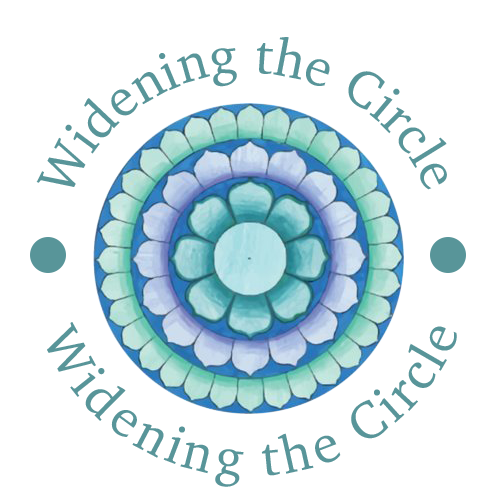Building a Bridge to Inclusion with a Special Education Manual
We all know the importance of providing a quality education for every child, regardless of their abilities. But navigating the world of special education can feel overwhelming, especially for smaller schools with limited resources. Here's where a diocesan Special Education Manual can be a game-changer!
Why Faith-Based Schools Need a Different Approach
While public schools have established processes for special education mandated by law (IDEA – Individuals with Disabilities Education Act), these procedures don't always translate seamlessly to the unique context of faith-based schools. We have a responsibility to both comply with legal requirements and uphold the mission of serving all students.
The Power of a Manual: Building Bridges, Not Walls
Think of a Special Education Manual as a bridge, not a wall. It connects the established procedures of public schools with the specific needs and values of faith-based education. Here's how it empowers schools:
Clear Direction: The manual clarifies how faith-based schools can access the resources and processes outlined in IDEA, ensuring compliance while respecting our approach. This might involve, for example, providing guidance on adapting specific IEP components to align with the faith's values and teachings.
Consistency Across Schools: A unified manual establishes a framework for all schools within a diocese or network.
This creates a sense of shared purpose and streamlines implementation. Imagine the benefit of teachers across different schools being able to easily share best practices and resources based on a common understanding outlined in the manual.
Support for Educators: The manual equips teachers and administrators with practical guidance on various aspects of special education: identification, assessment, creating Individualized Service Plans (ISPs), and incorporating evidence-based instructional strategies within the faith-based school setting. This could include specific examples of how to modify learning materials and assessments to cater to diverse learners while upholding our core curriculum.
Building the Manual Together: A Collaborative Effort
The best manuals are a collaborative effort. Here are some ways you, as educators, can contribute:
• Share your Expertise: Do you have experience with special education in a faith-based school setting? Offer your knowledge to the development team by participating in focus groups, workshops, or by providing written feedback on draft versions of the manual.
• Identify Needs: What are the biggest challenges your school faces in implementing special education? Let your diocese or network know! Sharing specific challenges allows the development team to address real-world concerns and create a manual that truly meets the needs of faith-based schools.
• Stay Informed: Keep an eye out for updates and training opportunities related to the manual's rollout. This could involve attending workshops, webinars, or online learning modules designed to equip educators with the knowledge and skills to effectively utilize the manual.

